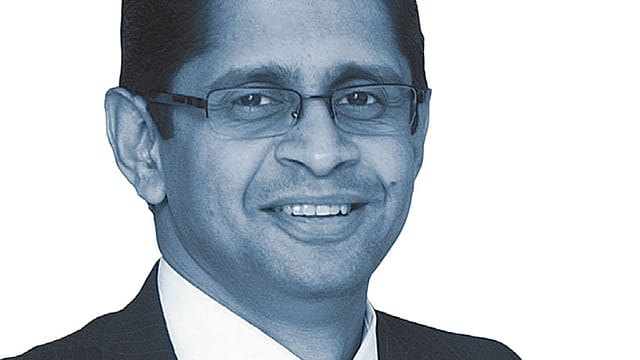The crorepati calculus
ADVERTISEMENT

My recommendations are made assuming that the winner wants a decent, regular income that won’t be heavily taxed. The first and most important step is to assess the winner’s age and appetite for risk. In general, a 3:1 split between debt instruments and equity will give a person enough liquidity to take care of emergencies, while ensuring a regular income.
Government tax-free bonds give returns of over 8.5% over the long term (15 years to 25 years). If an investor does not mind a lock-in period, putting in 30% of the winnings in these bonds is a good idea. Another 30% could go into debt-oriented mutual funds, which will take care of medium term returns.
Highly rated bonds and debt instruments of companies give double-digit returns over the three-to-five-year term, so investing 15% of the winnings here is also a good idea.
December 2025
The annual Fortune 500 India list, the definitive compendium of corporate performance, is out. This year, the cumulative revenue of the Fortune 500 India companies has breached $2 trillion for the first time. Plus, find out which are the Best B-schools in India.
The remaining money can go into equity funds, particularly those funds that focus on large-cap and medium cap stocks. If the winner is below 35, I’d recommend increasing this investment to 40% of the winnings, and reducing the debt component.
The investment should take into account the winner’s willingness to take risk, as well as future expenses such as buying a house, children’s education, and the like. Investing the jackpot will depend on both factors.
Assuming that the security of the investments is a top priority for the winner, I would advise investing part of the prize money in various tax-free bonds for 10, 15, or 20 years.
Since the rate of inflation is high in India, it’s important that the portfolio generates inflation-
adjusted returns. Therefore, part of the corpus should be invested in equity mutual funds, mostly large-cap and exchange-traded ones, in which systematic investment can be done over six to
nine months.
For the long term, I suggest mid-cap funds and portfolio management schemes.
Part of the prize money can be invested in gold and silver jewellery. Investing in real estate is another way to beat inflation in the long term. Investing in one or two properties is a good alternative.
